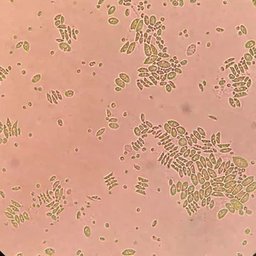
MarissaCuevasFloresisthefounderandCEOofmicroTERRAbasedin Mexico.
Q:Let’sstartbytalkingaboutenvironmentalscientists.Whydidyouchoosetobecome one?

A:Therearetwokindsofenvironmentalscientists.Bothkindsstudytheenvironmenttolearnhowitbehaves.Theyalsowant to learn how [people]
affect it.Thefirstkindjuststudyandobserve.Thesecondkindtrytofixthedamagepeople do.
Iamthesecondkind.Ineededapurpose.ItrytofixtheproblemsIsee.Forme,sciencehasalwaysbeenthegreatesttoolthathumanbeings have.
Q:Whatenvironmentalproblemdidyouwantto solve?

A:Mostofourfreshwatergoestoagriculture.Waterrunofffromfarmscausespollution.Yet,weneedfarmstoprovidethefoodweeat.Thatproblembotheredme.Wastewaterfromfarmshasnitrogenandphosphorus.Thesenutrientsarefoundinfertilizer.Theycancausedeadzonesinlakesandoceans.
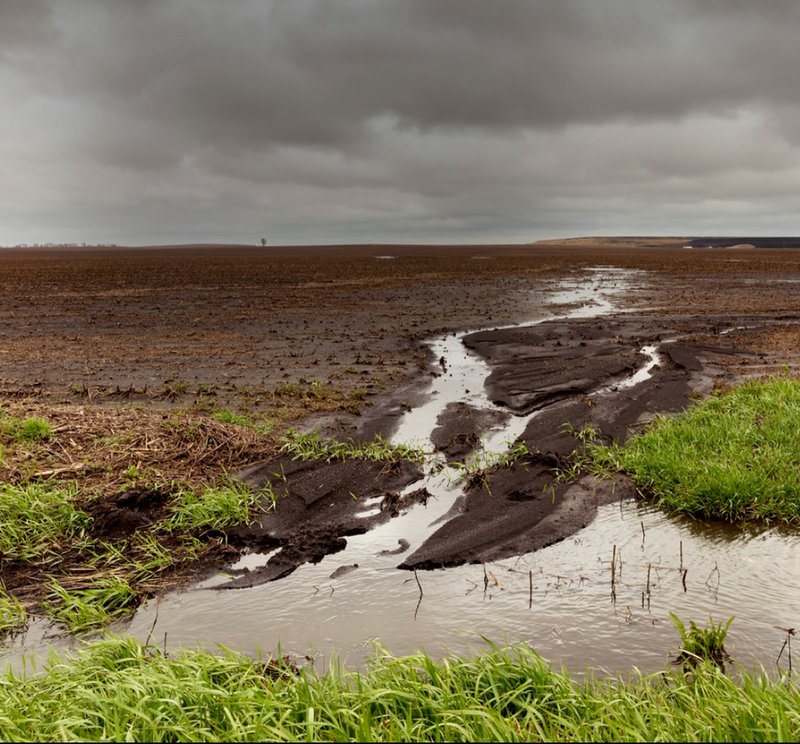
FAST FACT:
Each year,200milliontonsoffertilizerareusedworldwideonourcrops.Yet,thereismorethancropscanabsorb,anditiswashedawaybyrainor irrigation.
Q:Whatisadeadzone?Howcanagriculturalwastewater cause it?

A:A deadzoneisalowoxygenzoneinariver,lake,orocean.Nothingcanliveinit.Thenutrientsfromthewastewatercausemicroalgaetogrowquickly.Likeallplants,microalgaegiveoffoxygen.Microalgaealsoabsorbthenutrientsfromwastewater.Thentheygrowintoabiomasscalledanalgae bloom.
Whenmicroalgaedie,bacteriadecomposetheseplants.Thebacteriaalsoabsorboxygenfromthewater.Thiscausesadead zone.

algae,asseenundera microscope
algaein water
Q:Howwillyoutackle this?

A:Ifoundawaytoupcyclewastewaterandmakeitreusable.Ilearnedthatmicroalgaecouldcleanwaterpollutedbythis waste.
Q:Youstartedlookingatfishfarms.Whatdidyou learn?

A:Mostfishfarmersgrowfishinhuman-madeponds.Thefishproducesomuchpoopthatthewatermustbechangedeveryday.Thewastewaterdrainsintoriversand oceans.
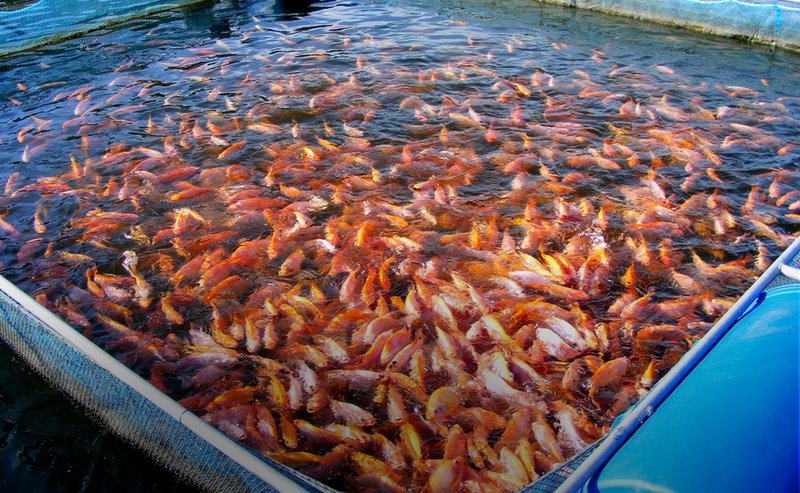
Fishfarmsmustmanagetheirwasteproblemsaswellaskeeptheirfish fed.
Q:Whatelsedidyoulearnfromthefish farmers?

A:Welearnedthatfeedingtheirfishisvery expensive.
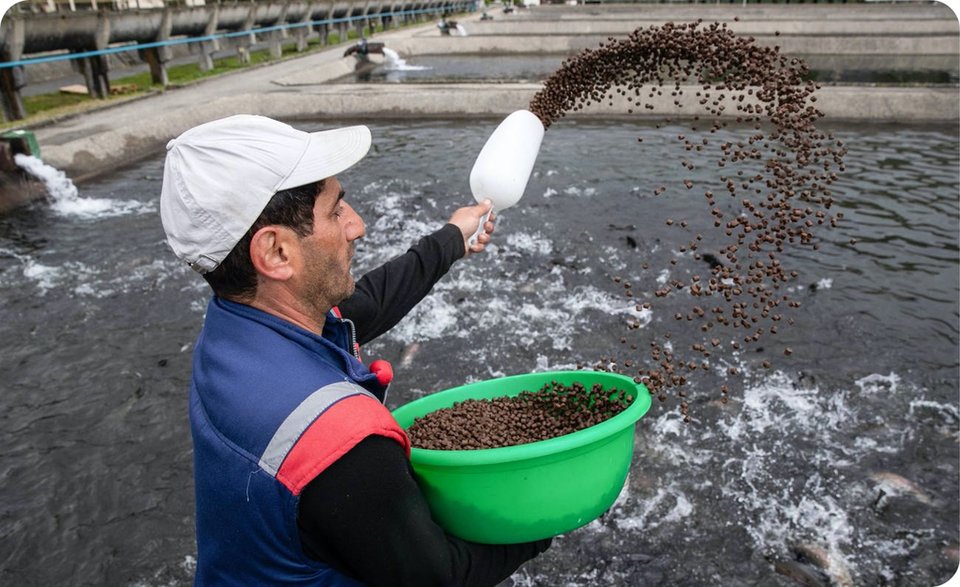
Amanfeedsfishatafish farm.
So,youhadtwobigproblems—wasteandfishfarmersneedingcheaperfishfood.That’swhenyoucreatedyourcompany, microTERRA.
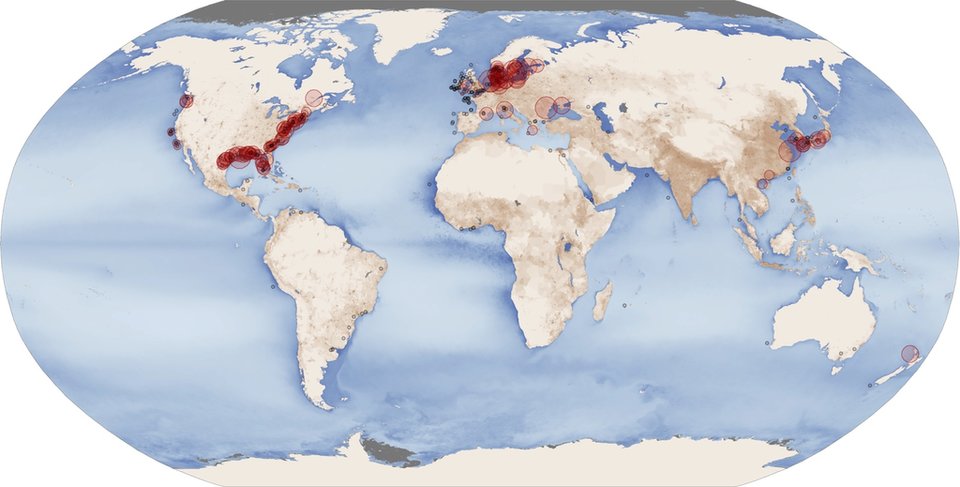
Locationand Size
(insquare kilometers)
sizeunknown
1 km2
10 km2
100 km2
1,000km2
10,000 km2
Excessnutrientscanleadtotoomuchalgae.Algaecanblocklightthatotherplantsneedtogrow.Whenalgaedie,theydecay.Thenoxygeninthewatergetsusedup.Lowoxygenlevelskillwateranimals.Thiscanleadtothecreationofdeadzones.Therearemorethan500deadzones worldwide.
